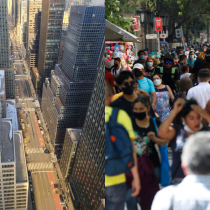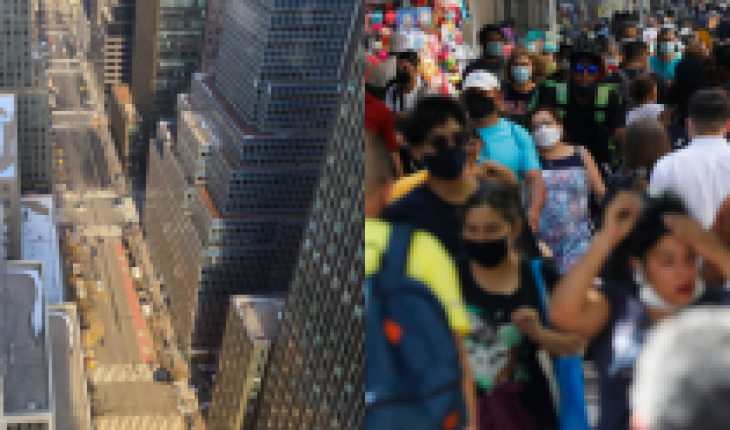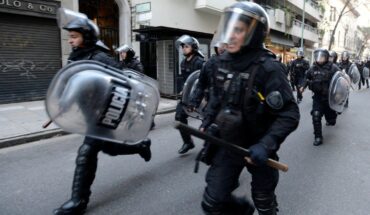
New York is famous – among other things – for The Christmas and New Year celebrations. Times Square crowds people waiting for the start of the new year. However, the coronavirus pandemic has put all that typical “Christmas spirit” of the city aside.
This is evident by a photograph of the city, on Third Avenue, one of the busiest in Manhattan. There is little traffic in the photo. A minor detail, considering that the Big Apple is a highly congested metropolis, with more than 8 million inhabitants.
The city of the United States is one of the most affected by covid-19, with more than 904,000 total cases and more than 36,000 deaths, according to World or Meters, and was for a time the global epicenter of the pandemic.
The reality of the Big Apple is in great contrast to Chile, a country that – despite the increase in cases that has been experienced in recent weeks, and which has forced the authorities to take restrictive measures to prevent the spread of the virus – many people continue to crowd the streets of the city’s main cities, in many cases without even complying with health measures.
A few days after Christmas, the population has taken over the main shopping centers of Santiago, which in many cases do not comply with health protocols. In fact, this Tuesday the Seremi de Salud Metropolitana closed the Mall Plaza Norte, where several fallacious people’s health were “found to be at risk,” so they will apply a summary.
A similar situation was recorded Monday at the Costanera Center mall in Providencia, where health authorities came to monitor compliance with health standards. After confirming several non-compliances, the Seremi de Salud Metropolitana initiated a summary. The compound risks a fine 1,1 to 1,000 Monthly Tax Units (more than 51 million pesos).
As of Tuesday, Chile accumulated more than 589,000 cases and more than 16,000 deaths, with a significant increase in cases mainly in the Metropolitan Region, which forced the authorities to push the entire region back to phase 2 of the Paso a Paso Plan.





